‘Urban density shouldn’t be a scapegoat for the Covid-19 crisis’
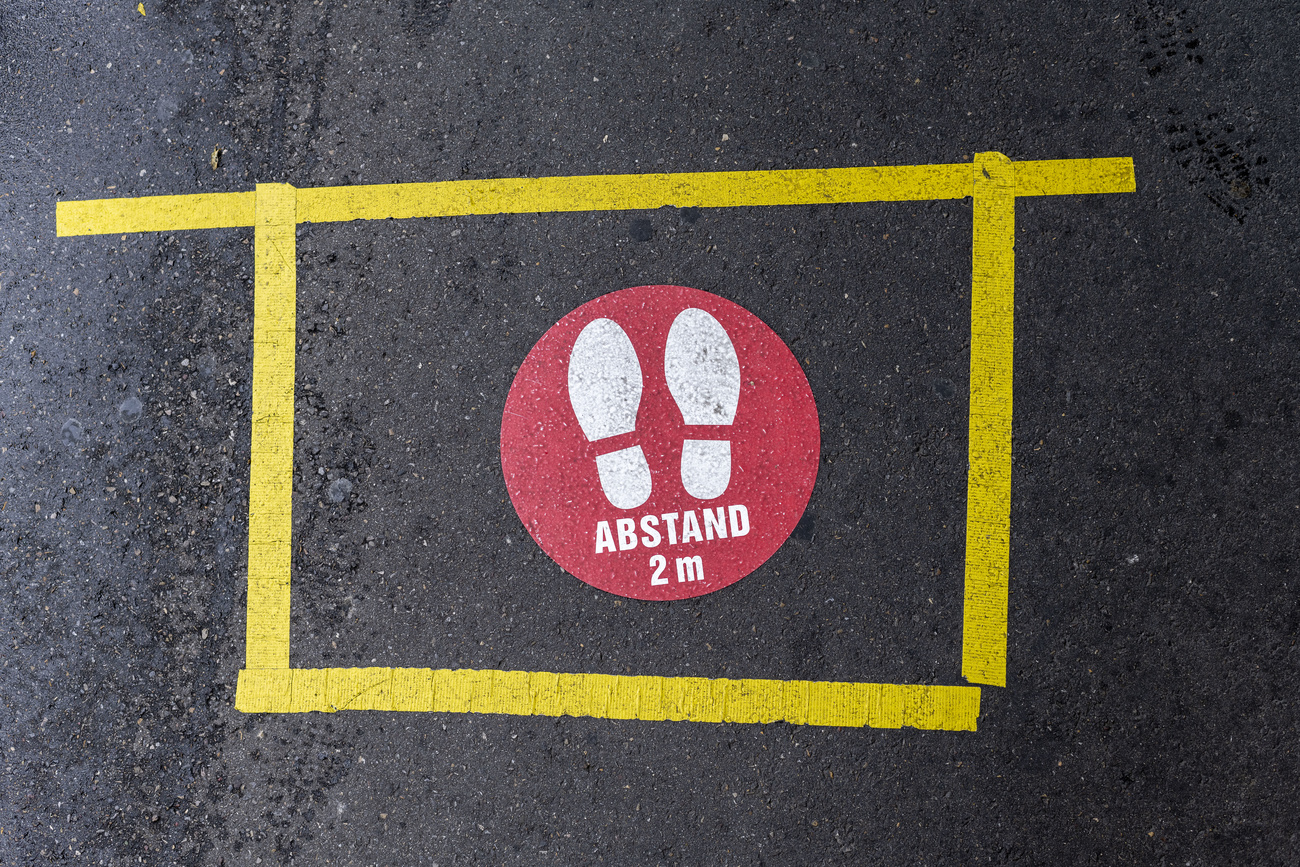
Many of the world’s worst disease outbreaks have happened in cities, and the Covid-19 pandemic has raised questions about the future of urban areas. But with the help of a video game, Swiss design researcher Andri Gerber is out to prove that densely populated areas can be re-imagined to meet public health challenges.
It is estimated that by 2050, 68% of the global population will live in urban areas. Many have argued that it is essential to increase urban density if we want to increase energy efficiency in cities. But today’s dense cities are also places where viruses like Covid-19 can easily spread.
The video game DichtestressExternal link (German for “density stress”), developed by Gerber’s research team, lets players explore the relationship between population density and the danger of infection.
Gerber, a lecturer at the Department of Architecture, Design and Civil Engineering at Zurich University of Applied Sciences (ZHAW), believes that in a world facing threats like pandemics and climate change, the core question is how to build cities densely but safely.
The player moves in first-person perspective through six levels of population density in different cities sourced from over 500 years of architectural history, Some of the cities that feature including a model of the “Ideal City” designed by architect Francesco di Giorgio Martini from 1490, the “Walled City” in Kowloon in Hong Kong which was demolished in 1995, the “Niederdorfquartier” in Zurich 2020, etc.
The aim is that, based on the minimum distance rule of 1.5 meters recommended by health authorities, players should find the exit and to infect as few characters as possible.
SWI swissinfo.ch: How would you describe the relationship between urban planning and pandemics?
Andri Gerber: Since the times of Greco-Roman antiquity, the idea of a city has been synonymous with safety and civilisation, as opposed to chaos and precariousness. But that is just a misperception which makes people forget or unconsciously avoid thinking about potential threats such as the current Covid-19 pandemic.
If you look at Zurich, for example, which had so many pandemics over the centuries, hundreds of thousands of people died due to outbreaks of cholera, typhoid fever and other diseases. However, people seem to have forgotten this history until the Covid-19 outbreak.
Pandemics are inherently somewhat anti-urban because agglomeration requires people to gather and share spaces. Obviously, this goes against the principle of social distancing to prevent the spread of contagious illnesses. As soon as you put people together you have the risk of infectious disease transmission.
So the whole history of urban planning is also a history of epidemics and of attempts to create better and healthier urban spaces.
swissinfo.ch: It sounds like urban planning has always been reinvented in the aftermath of a disease outbreak. Does this imply that urban planning is always a response or remedy to a problem, rather than preventative?
A. G.: Yes and no. Since the beginning of urbanisation, even if you look at the time of the Greeks, they had already thought about how to select an appropriate site for building a healthy city.
Hippocrates of Kos, a Greek physician of the Age of Pericles, first suggested using liver divination to evaluate the health of a site before laying the groundwork for a new city, but this was a very cruel method. They would have the animals pastured on the spot where the city was planned to be built. And during a ritual of animal sacrifice, they would carefully inspect the livers of those animals. If the livers were diseased, they would ascertain whether the animals had been infected by some transmissible diseases. Once they inferred that the water and food of such a place was disease-ridden, they would abandon it and search for another. We can see that they valued health as much as factors like air, sunlight and temperature in urban planning.
It`s important to keep in mind that a city is not something built in three or four years, but in one or two centuries. It is not ideal for quickly responsive design.
swissinfo.ch: When we look back at the history of Switzerland and other countries, are there any effective measures that have been taken in terms of urban planning to fight infectious diseases?
A. G.: Before the middle of the 19th century, our ancestors mainly focused on building the necessary urban infrastructure like streets, mass transit or healthcare facilities. Once the city was struck by a disease outbreak, they just expelled infected people from the city. Such a measure is more about controlling the sickness rather than changing the city with the aim of preventing potential pandemics. If you have no idea where the pandemics come from, you can’t effectively react.
But disease mapping made a significant leap forward in the 19th century. In 1854, John Snow, who is often called the “father of epidemiology”, used geographic mapping of an outbreak of cholera in London and identified the outbreak’s source. That totally changed the public sanitation and urban design approach to epidemiology, People began to realise that they could trace the source of infection and prevent or control the spread of potential pandemics by re-siting or rebuilding the urban infrastructure.
Since then, entire urban infrastructures – especially water and sanitation connections – have been rebuilt. Everything was made to prevent and control epidemic-prone diseases, and many features of cities were replaced or made obsolete. The medieval EhgrabenExternal link – or ditches – on both sides of Zurich’s Limmat River could be considered a typical example. Before the introduction of toilets and underground sewage, such narrow ditches between buildings served as open sewers. Waste material from kitchens and toilets fell directly into the ditches.
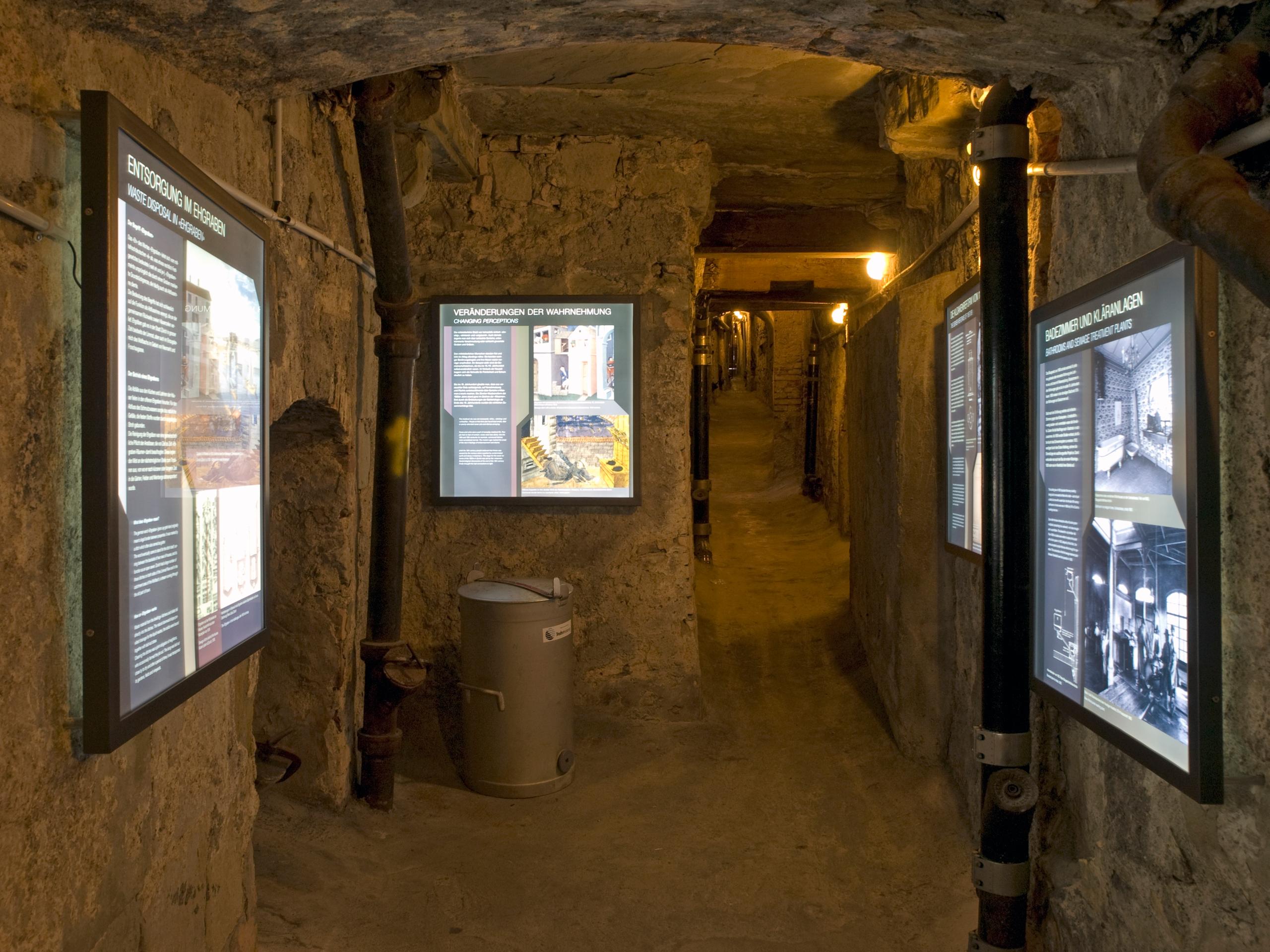
swissinfo.ch:Wuhan, the Chinese city where the Covid-19 outbreak began, is the most densely populated in China. Likewise, New York, which has suffered the worst of the outbreak in the US, is the most densely populated city in the United States. Can we assume that high population density is a leading or determining cause for the outbreak?
A. G.: I wouldn’t endorse this statement. Density per se shouldn`t be condemned or be a scapegoat for the Covid-19 crisis. The core issue is how cities can be designed and built densely in a reasonable way.
If you look at New York, it is a very segregated city from the perspective of urban design, with very few green spaces and a huge Central Park. This is not the ideal design from the point of view of quarantine or epidemics. It really needs more dispersed green spaces. Traditional European cities have more green spaces and metropolitan parks, which give us greater resistance against pandemics.
However, there is no doubt that the existing medieval streets with narrow houses in the old town of Zurich, for example, are not good for preventing pandemics due to relatively higher population density.
It’s clear that density is an issue we must think about when it comes to the relationship between pandemics and urban planning. This is what we attempted to address in the video game Dichtestress, in which there are different levels of population density, different ways of building cities. The game is very political and aims to challenge the current criticism of urban densification. You come to understand from the game that it makes sense to create enough spaces for people to get out and enjoy the outdoors with stringent social distancing even if the city is densely populated.
swissinfo.ch: According to the UN`s definition,there is no megacity in Switzerland. Does this mean that Swiss cities have inherently greater resistance to Covid-19 because of lower population density and lower levels of urbanisation?
A. G.: Indeed, we don’t have megacities in Switzerland. But the whole of Switzerland could be regarded as a de facto megacity with relatively lower population density.
The problem with Switzerland is that all the cities, towns and villages are extremely interconnected because of the establishment of an efficient public transport network, and a considerable proportion of working individuals are highly mobile, which is obviously not good for containing the spread of Covid-19.
swissinfo.ch: Numerous researchers claim that cities of the future need to be more regionalised and localised, especially in the post-pandemic-era. Melbourne, Australia came up with the new concept of a “20-minute city”, in which almost everything you need – shopping, business services, education, recreational and sporting resources, healthcare – is within a 20-minute walk or bike ride from home. Would this type of self-sufficient urban community become an effective way to prevent pandemics?
A. G.: Another example is the 15-minute city that was being trialed in Paris. Such an idea is definitely an inspiring concept which is not only being discussed in Paris or Melbourne, but also in Switzerland.
Compared to other countries, Swiss cities are smaller, so many residents already live in a sort of 15-minute city. But in Switzerland, this is something which is justified more from a sustainability point of view rather than from a public health perspective. In other words, this concept is not deemed as a targeted, effective approach to prevent epidemics.
As many researchers predict, Covid-19 will probably be with us forever, and other pandemics will arise. So I believe that a successful ideal city of the future should be built to adapt to different threats – not only to pandemics, but also to wars, to natural disasters, to environmental hazards or to other emergency situations. If infectious diseases are going to be a part of our lives, then the cities we settle in should be more resilient.

In compliance with the JTI standards
More: SWI swissinfo.ch certified by the Journalism Trust Initiative

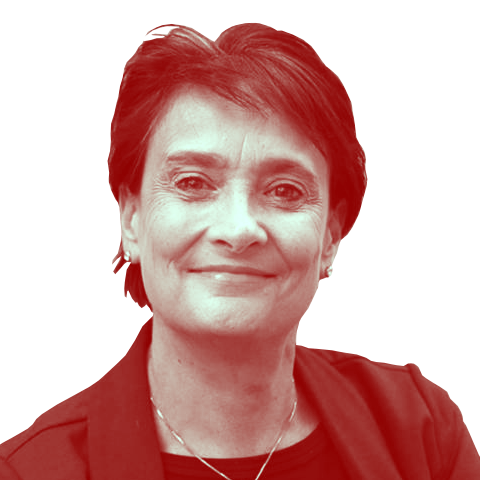


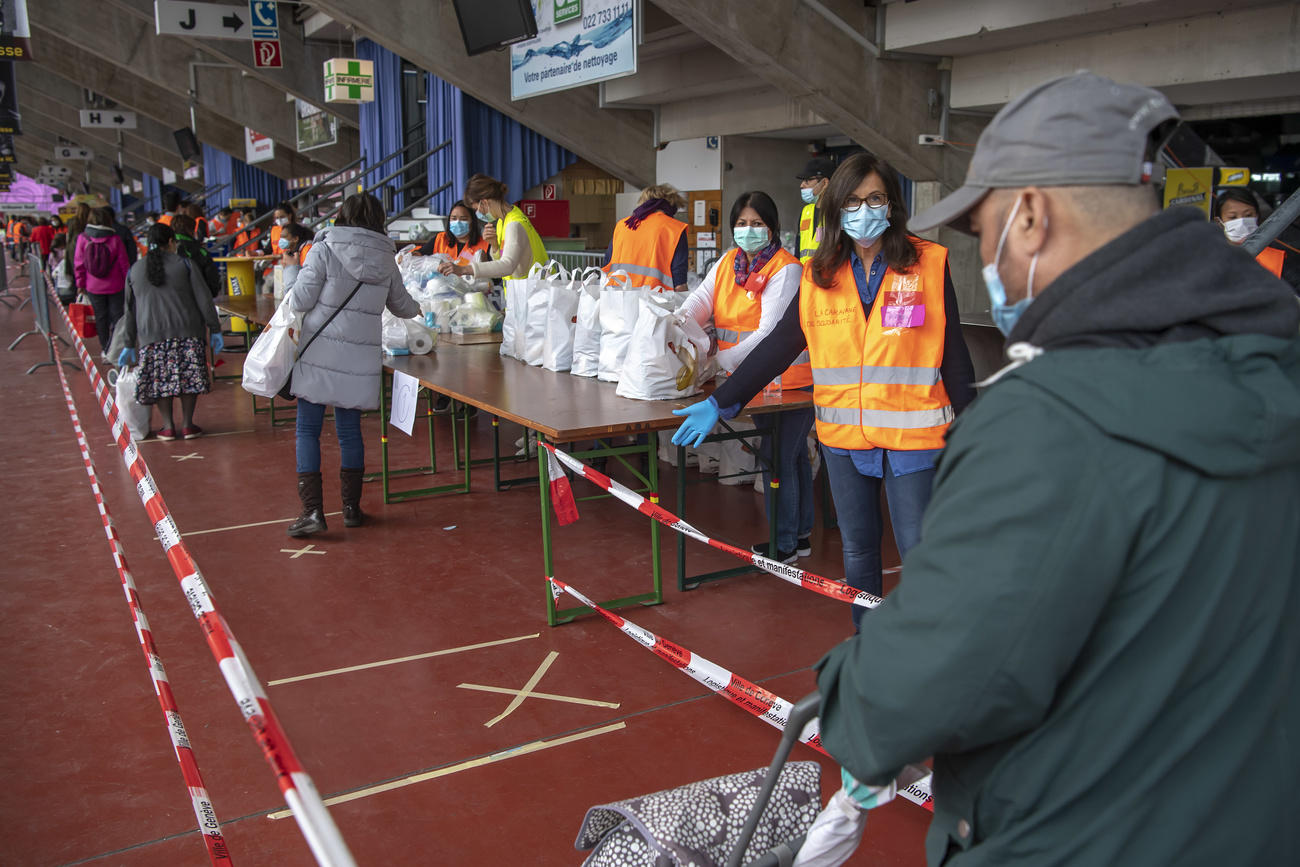
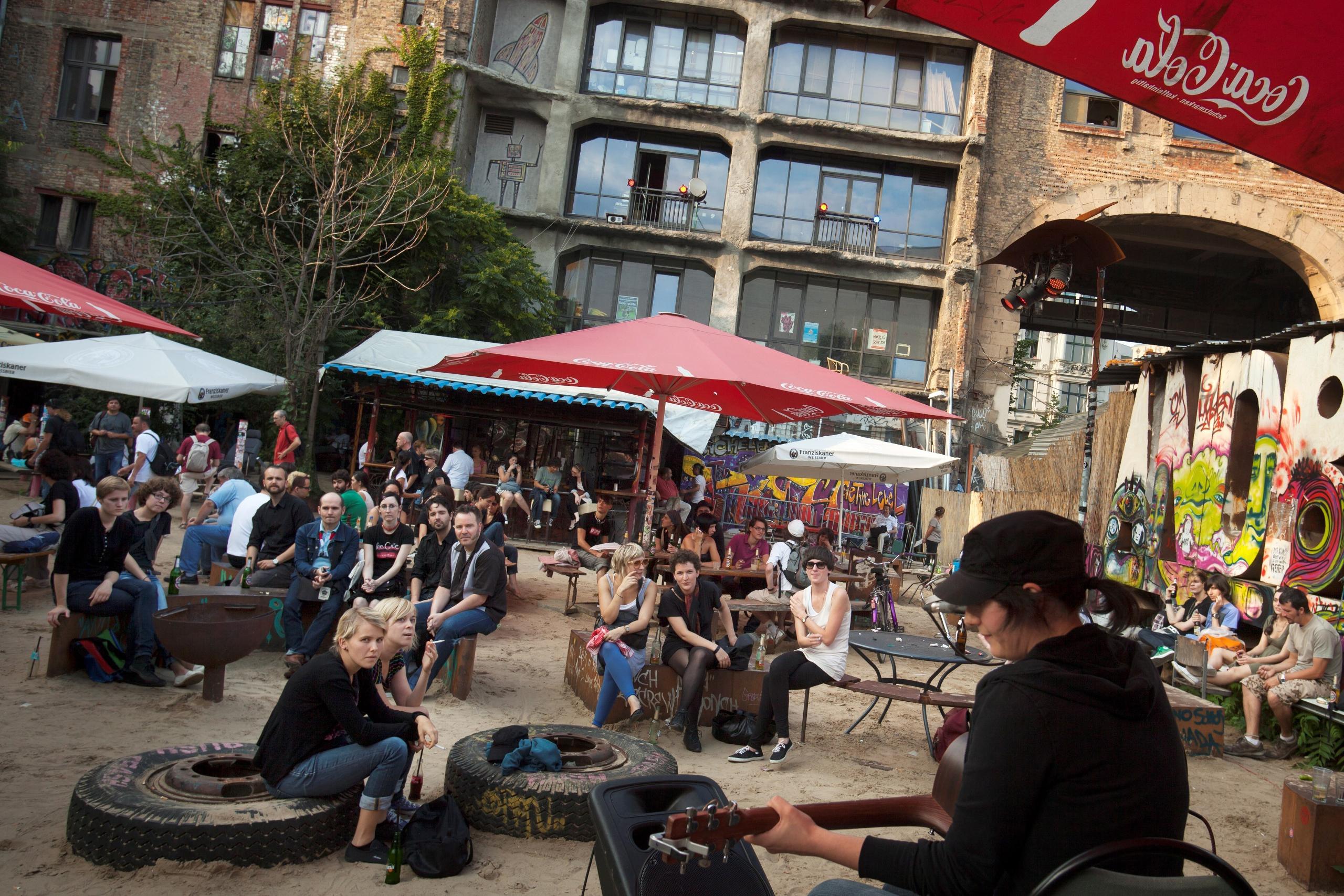
Join the conversation!